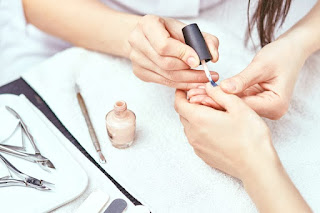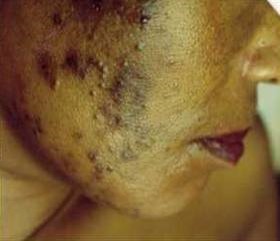Routine vs exceptional cosmetic procedures: a helpful distinction?

In this blog, Katharine Wright (Nuffield Council on Bioethics) reflects on the final Beauty Demands workshop, 'Routine Maintenance and Exceptional Procedures' and asks if it is possible to draw a coherent line between the two. One of the early challenges of the Nuffield Council’s Working Party on cosmetic procedures has been to define what it is we should include in the concept of ‘cosmetic procedures’. Is it really possible to draw clear and consistent dividing lines between medical procedures undertaken for cosmetic purposes as opposed to rehabilitative/therapeutic purposes? And, at the less invasive end of the spectrum, is it possible to draw coherent distinctions between everyday beauty routines and procedures that span the beauty/clinical divide, such as chemical peels, laser treatments and skin-whitening treatments? Or are these lines inherently porous and fluctuating? The fourth (and final) workshop of the Beauty Demands network, hosted last month at Manch
